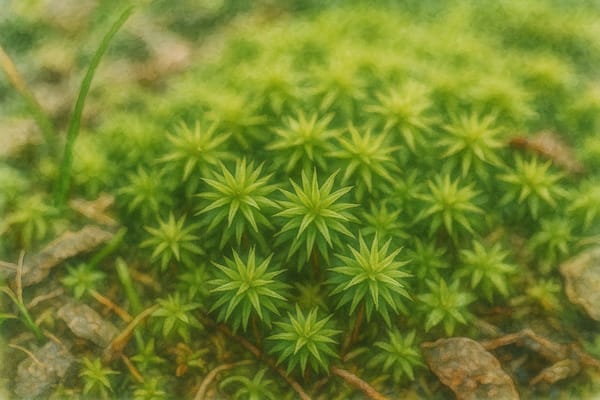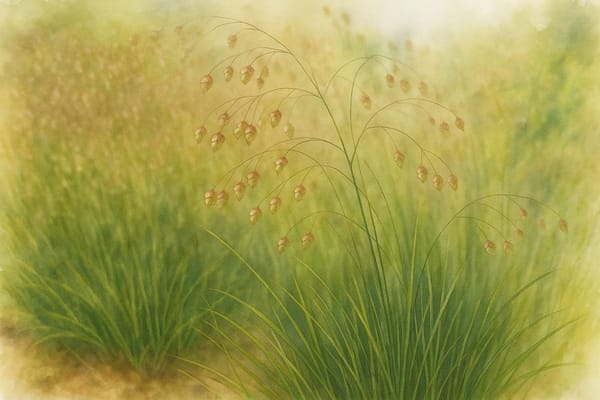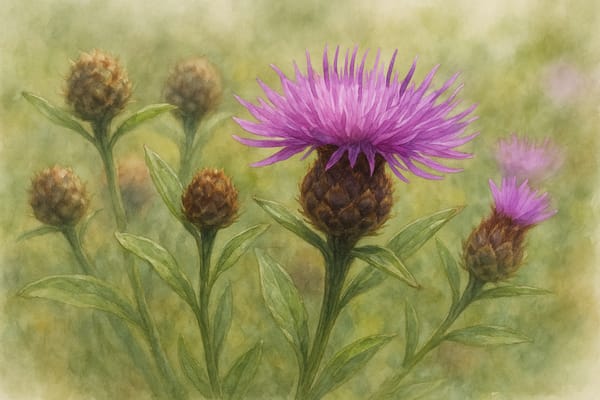A Living Legacy of Healing, Heritage, and Habitat
Historical and Cultural Significance
Wartime Hero and Healing Herb
Sphagnum moss played a vital role during World War I, used for surgical dressings thanks to its antiseptic properties and incredible absorbency. Harvested by local volunteers, including in Cornwall, it became a symbol of community effort, resilience, and healing.
Folklore and Practical Uses
Beyond the battlefield, sphagnum moss was traditionally used for nappies, sanitary wear, and animal bedding—valued for its softness and absorbency. Its role in rural life reflects Cornwall’s tradition of resourcefulness and respect for wild plants.
Ecological and Landscape Importance
As a keystone of Cornwall’s bogs, moors, and mires, sphagnum shapes ecosystems, stores carbon, purifies water, and supports biodiversity. Its presence in places like Bodmin Moor embodies both natural beauty and ecological significance.
Symbol of Sustainability and Community Action
Today, sphagnum is at the heart of peatland restoration and climate resilience projects in Cornwall. From peat-free horticulture to flood management, it stands for a shift toward regenerative, community-led conservation.
Growing Sphagnum Moss in Coastal Gardens
| Requirement | Details |
|---|
| Light | Partial shade to full sun |
| Soil | Moist, acidic, peaty or sandy; high organic matter |
| Water | Constantly moist; use rainwater if possible |
| Humidity | High humidity preferred (60–80%); regular misting recommended |
| Salt Tolerance | Moderate; protect from direct salt spray |
| Hardiness | Hardy in the UK; tolerates wind if moisture is maintained |
Care and Cultivation Tips
- Site Selection:
Choose shady, moist spots, bog gardens, or pond edges. Dig shallow basins for planting and avoid exposed, drying sites. - Watering:
Keep constantly moist—never allow to dry out. Mist in hot or windy weather. Use rainwater or distilled water. - Humidity:
Group with other moisture-loving plants or mulch with leaf litter. Partial covering in containers helps maintain humidity. - Fertilizing:
Do not fertilize; sphagnum thrives in low-nutrient environments. - Pruning & Division:
Trim dead tips and divide gently to spread moss in new areas. - Protection:
Shelter from harsh sun and salt winds in coastal locations.
Coastal Garden Notes
Sphagnum moss is perfect for bog gardens, moist borders, or wildlife ponds, offering water retention, microhabitats, and biodiversity support. It embodies sustainable gardening when sourced responsibly and nurtured with care.
Summary
Sphagnum moss is a plant steeped in history, folklore, and ecological significance, known for its wartime use, practical value, and role in peatland ecosystems. In coastal gardens, it thrives in moist, shaded spots with minimal care, connecting gardeners to Cornwall’s landscape heritage and conservation story.











